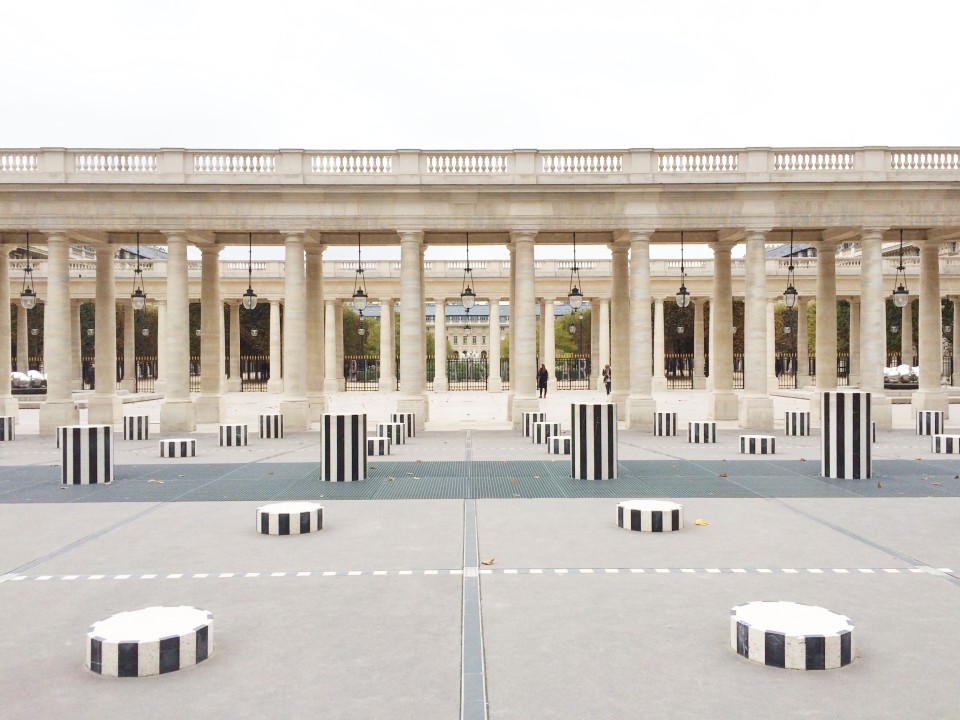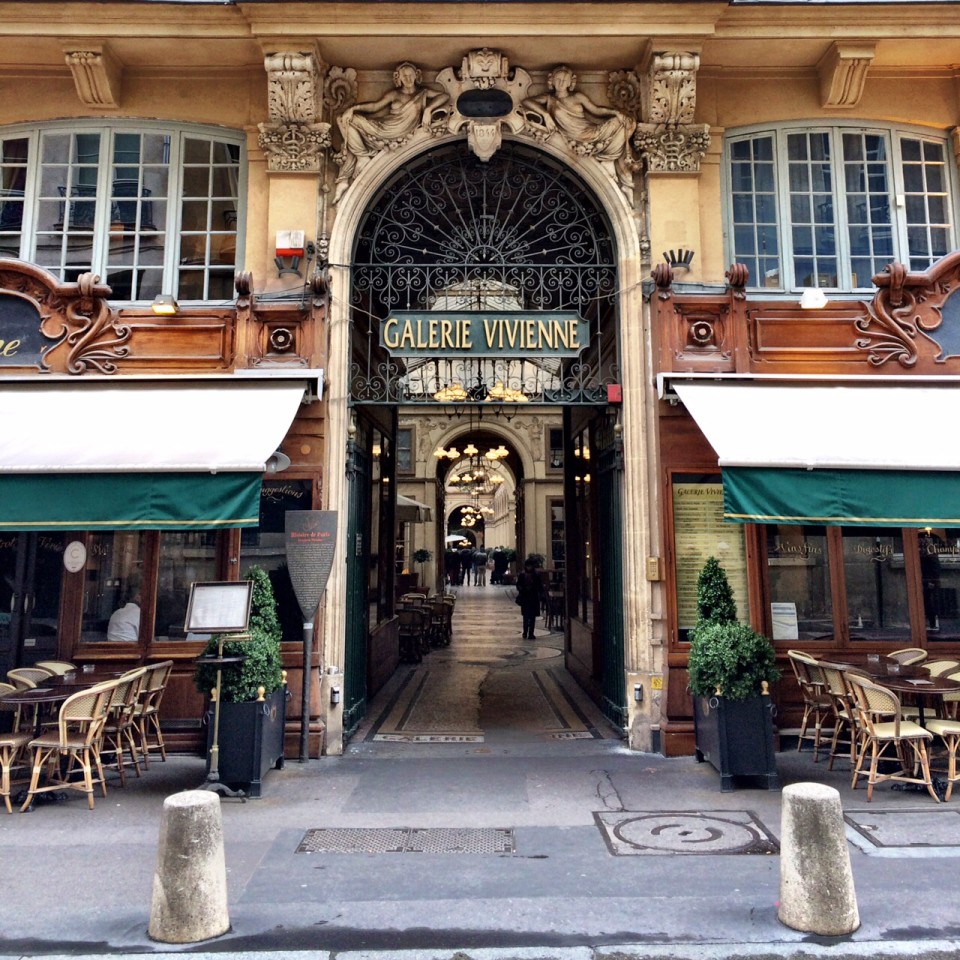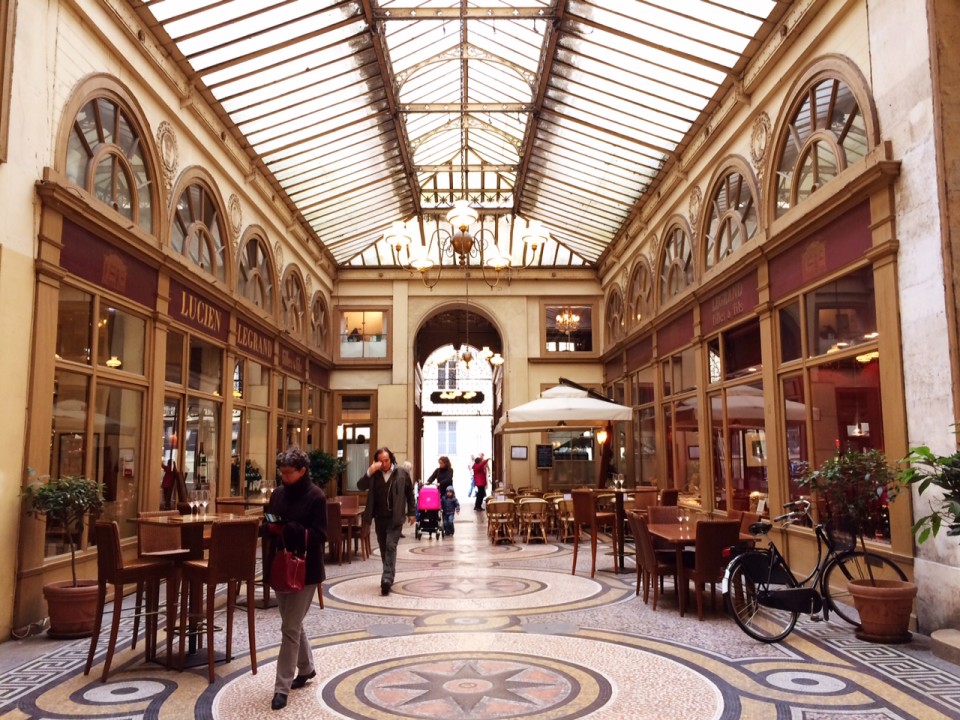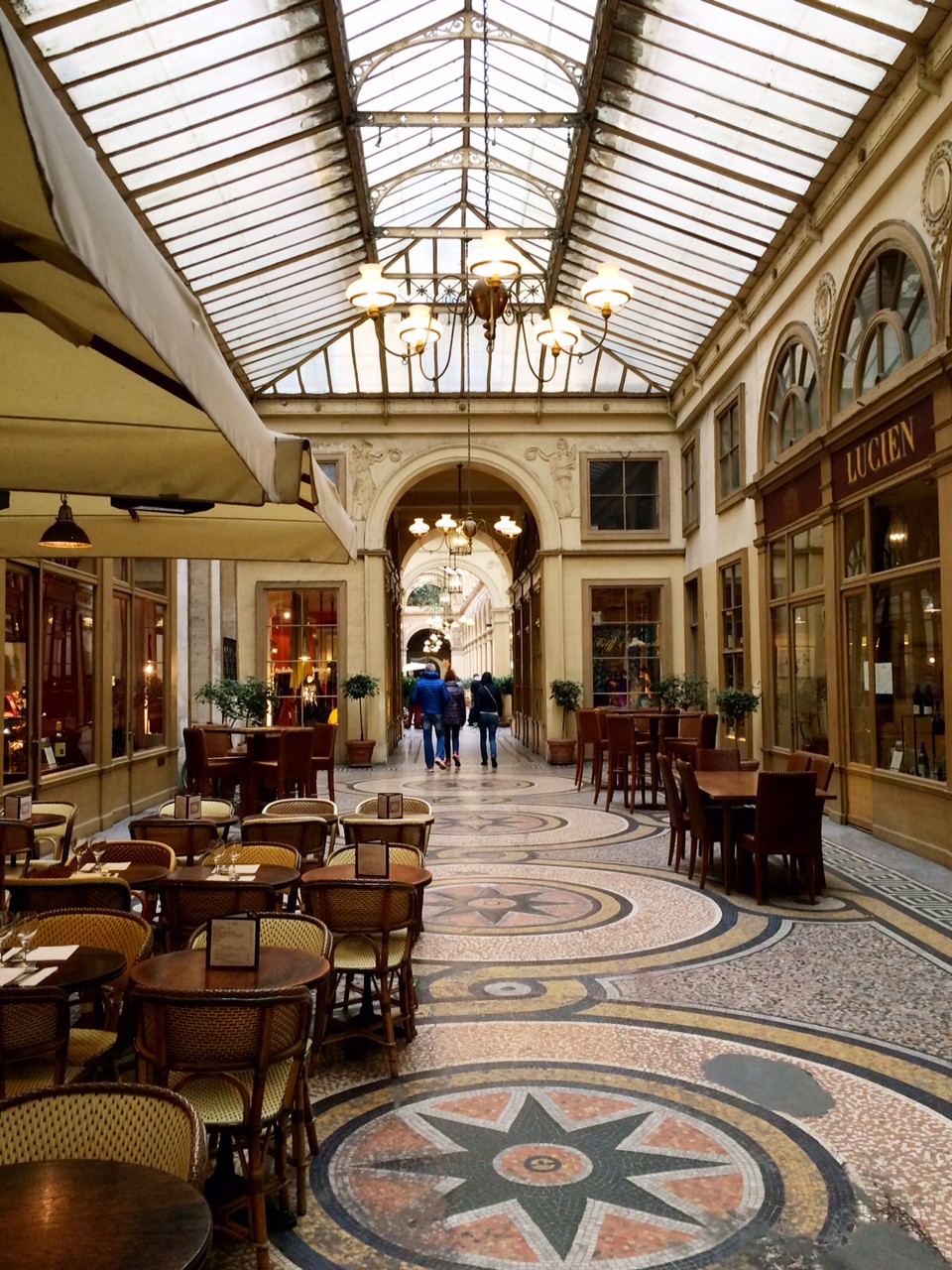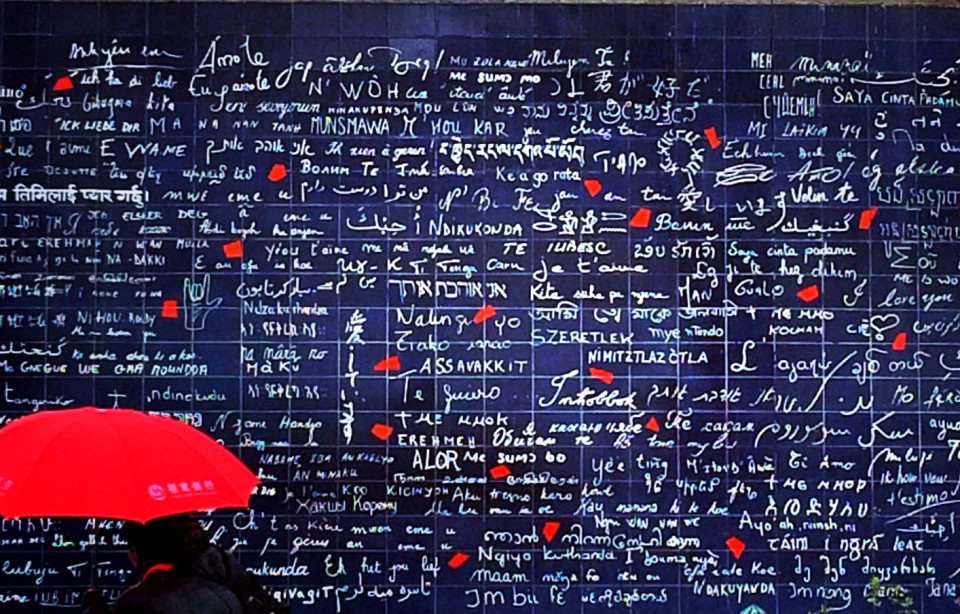Located in the 1st arrondissement, just a short walk from Musée du Louvre, Palais-Royal was the stage for important events during the revolutionary period.
Originally named Palais-Cardinal after its owner, Cardinal Richelieu, it was constructed between 1629 and 1639, but after the Cardinal´s death the palace became property of the King and its name changed to Palais-Royal, housing royal families up until Palais de Versailles was built.
The property gathers the palace, a theatre, an inner courtyard, galleries and a cozy garden.
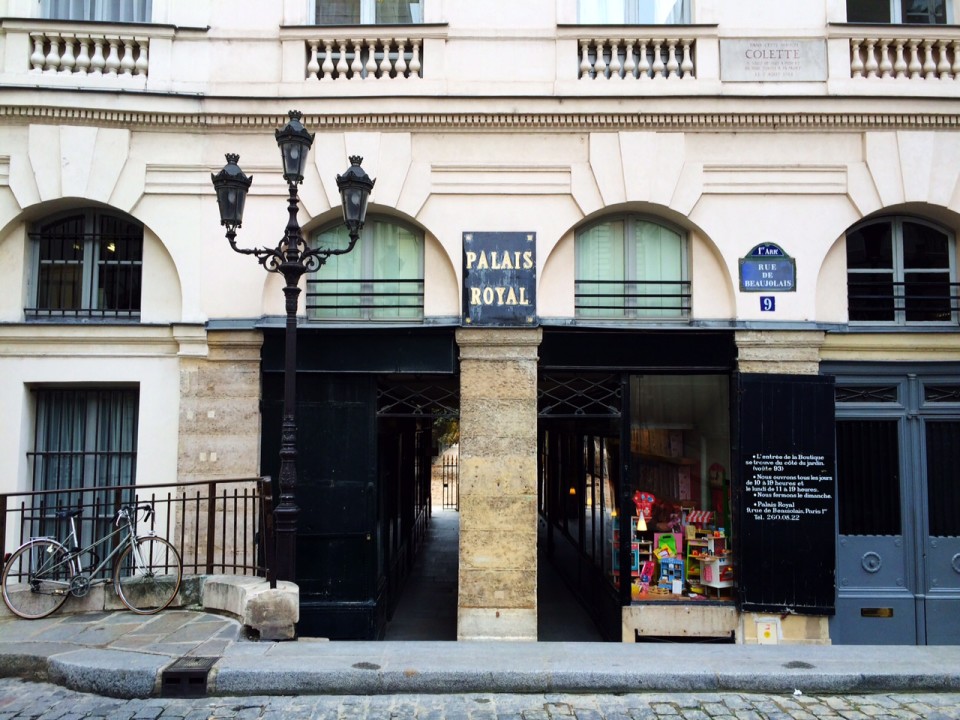
Nowadays the main building houses the Ministry of Culture and the Constitutional Council. The regular colonnades are lined with fancy shops and restaurants and they enclose the peaceful garden, with its beautiful fountain and flowerbeds.
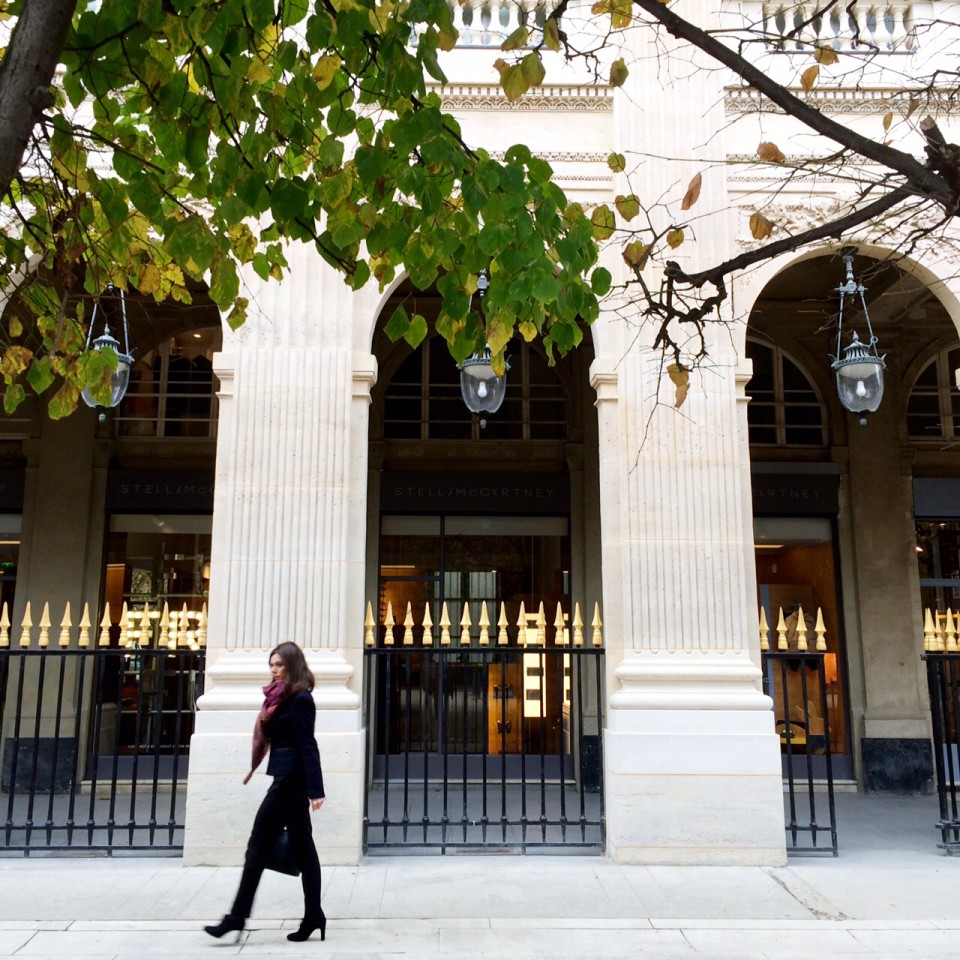
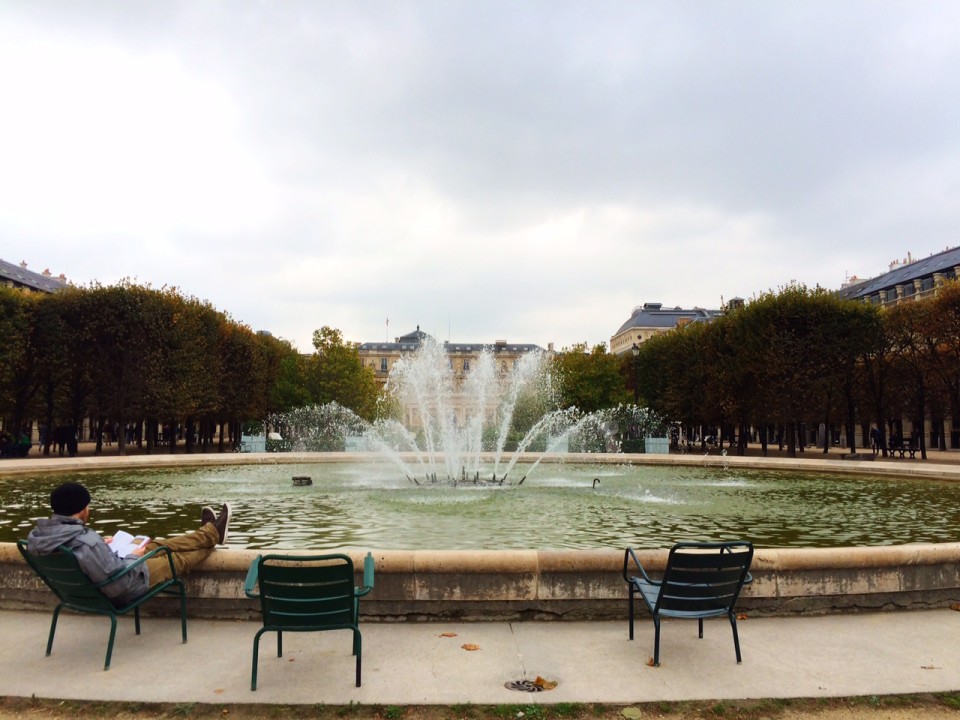
The inner courtyard holds the famous art installation, The Colonnes de Buren, designed by artist Daniel Buren, and it is totally worth a visit!
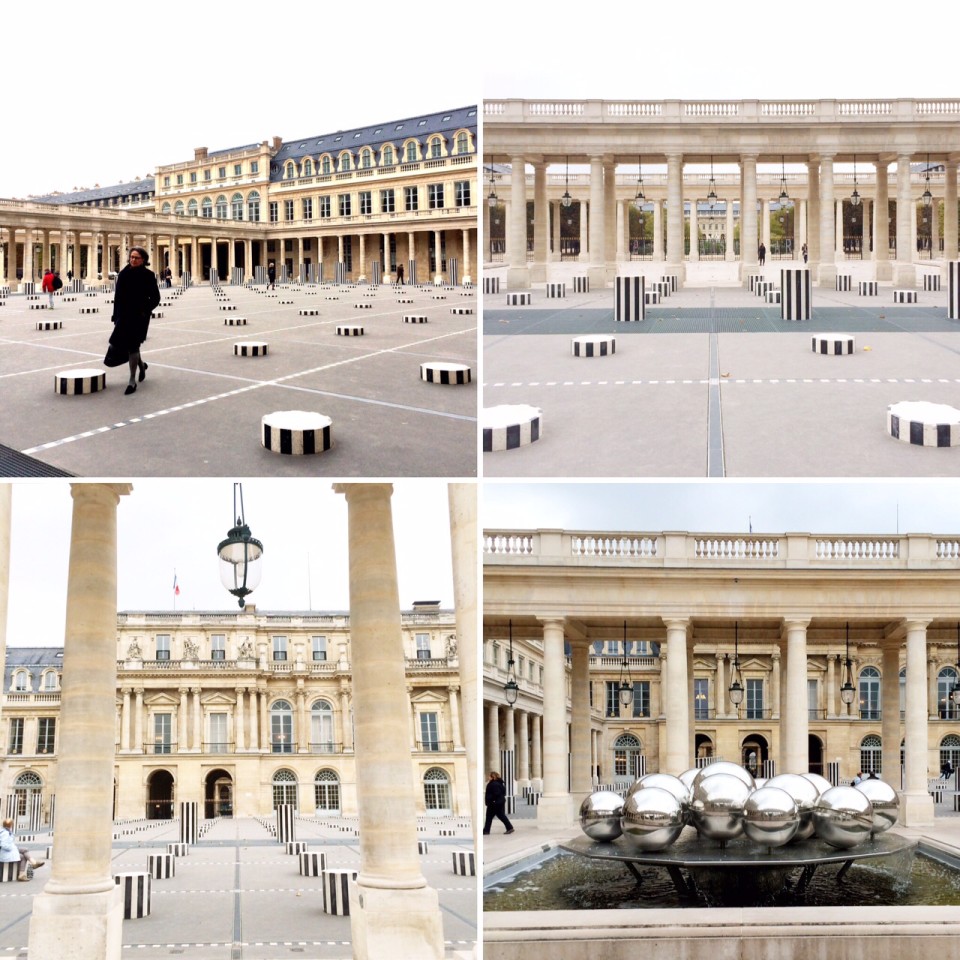
Palais-Royal is located near many attractions, such as Musée du Louvre and Jardin de Tuilleries. But if you want to explore new spots, it is also a short walk from hidden gems, such as Galerie Vivienne, Galerie Colbert and Galerie Véro-Dodat!
- Where: Place du Palais Royal, 75001 Paris
- How much: free admission
- Metro: Palais Royal – Musée du Louvre station (line 1)
Bisous 
Carol

